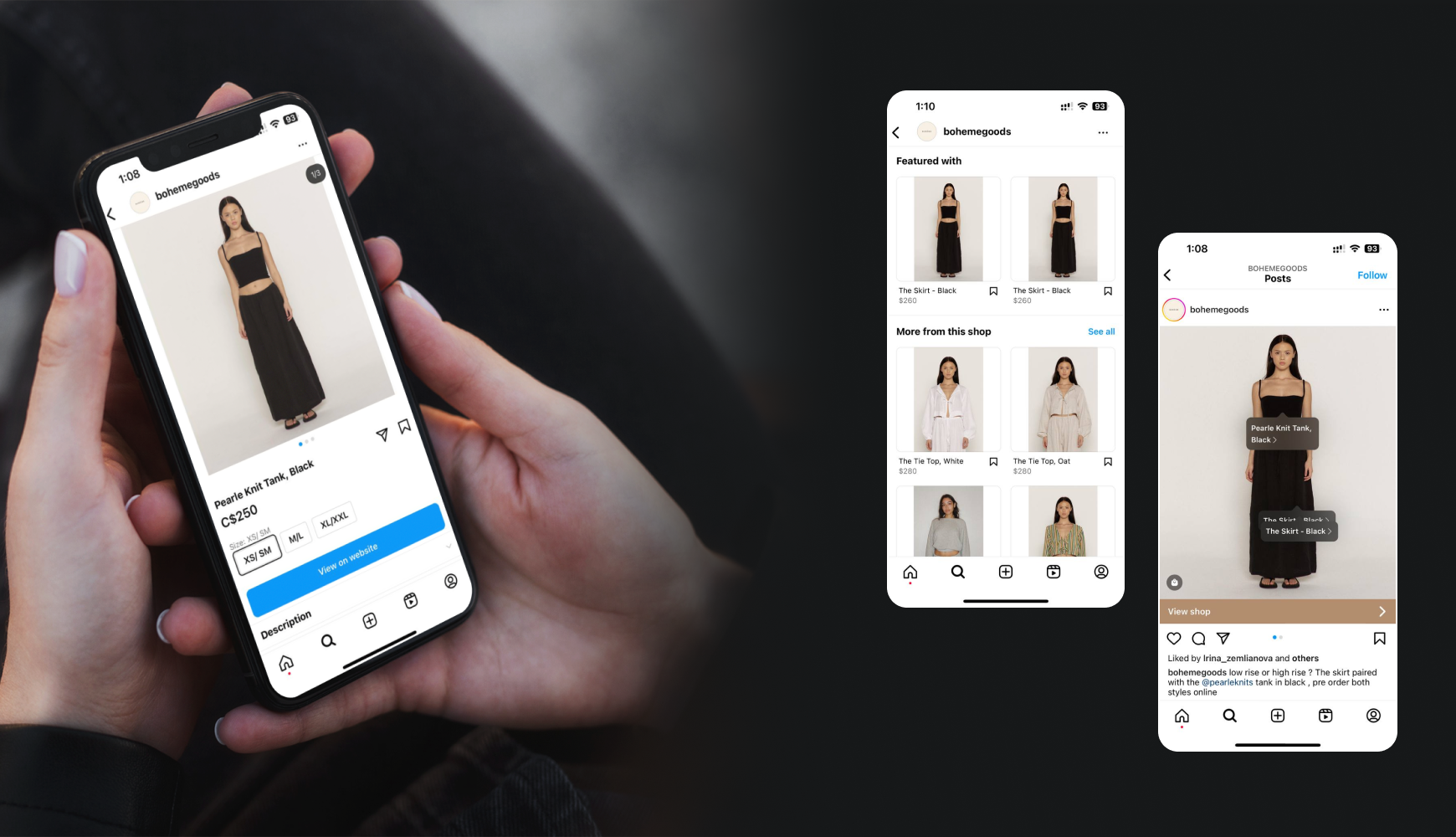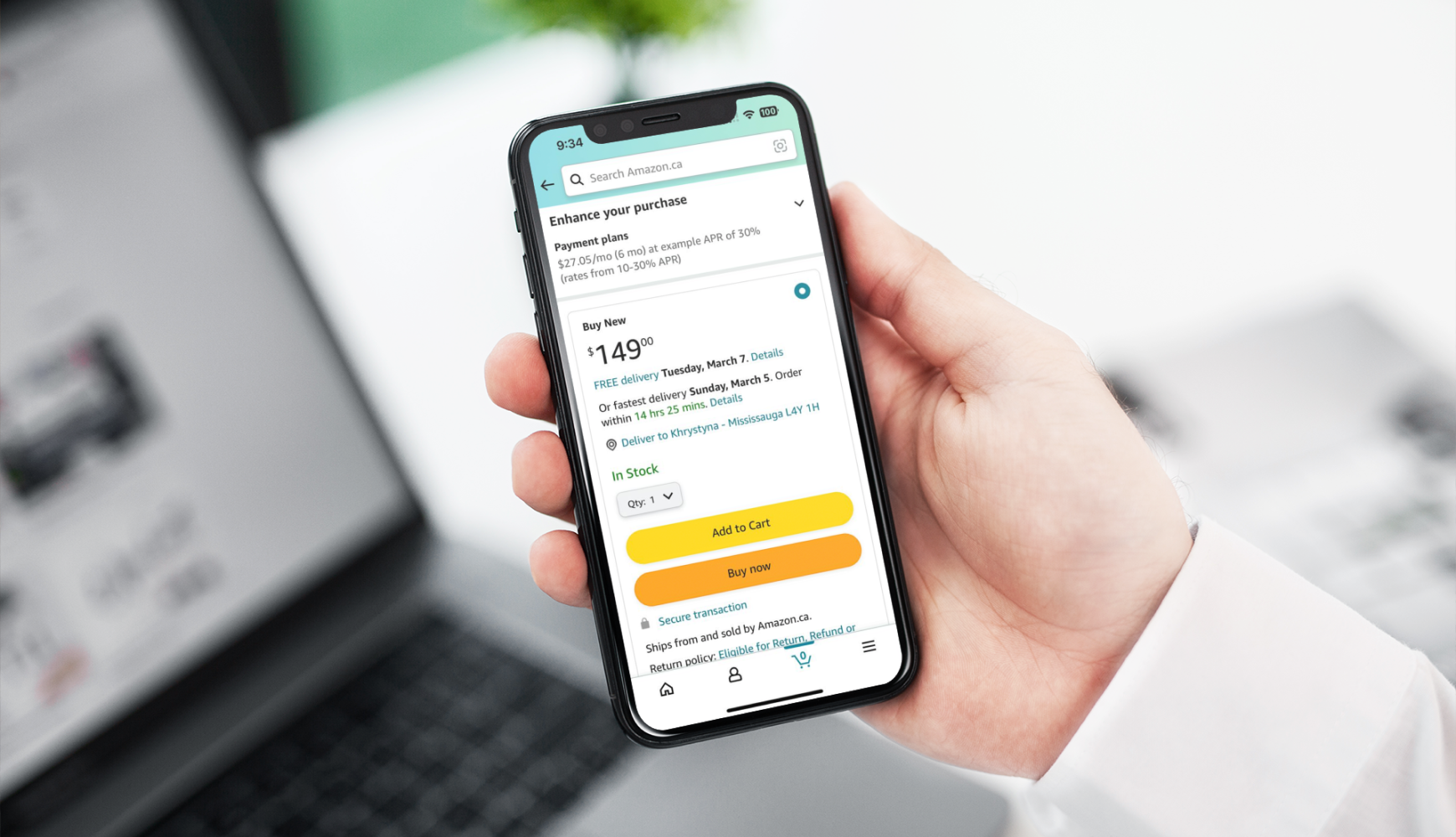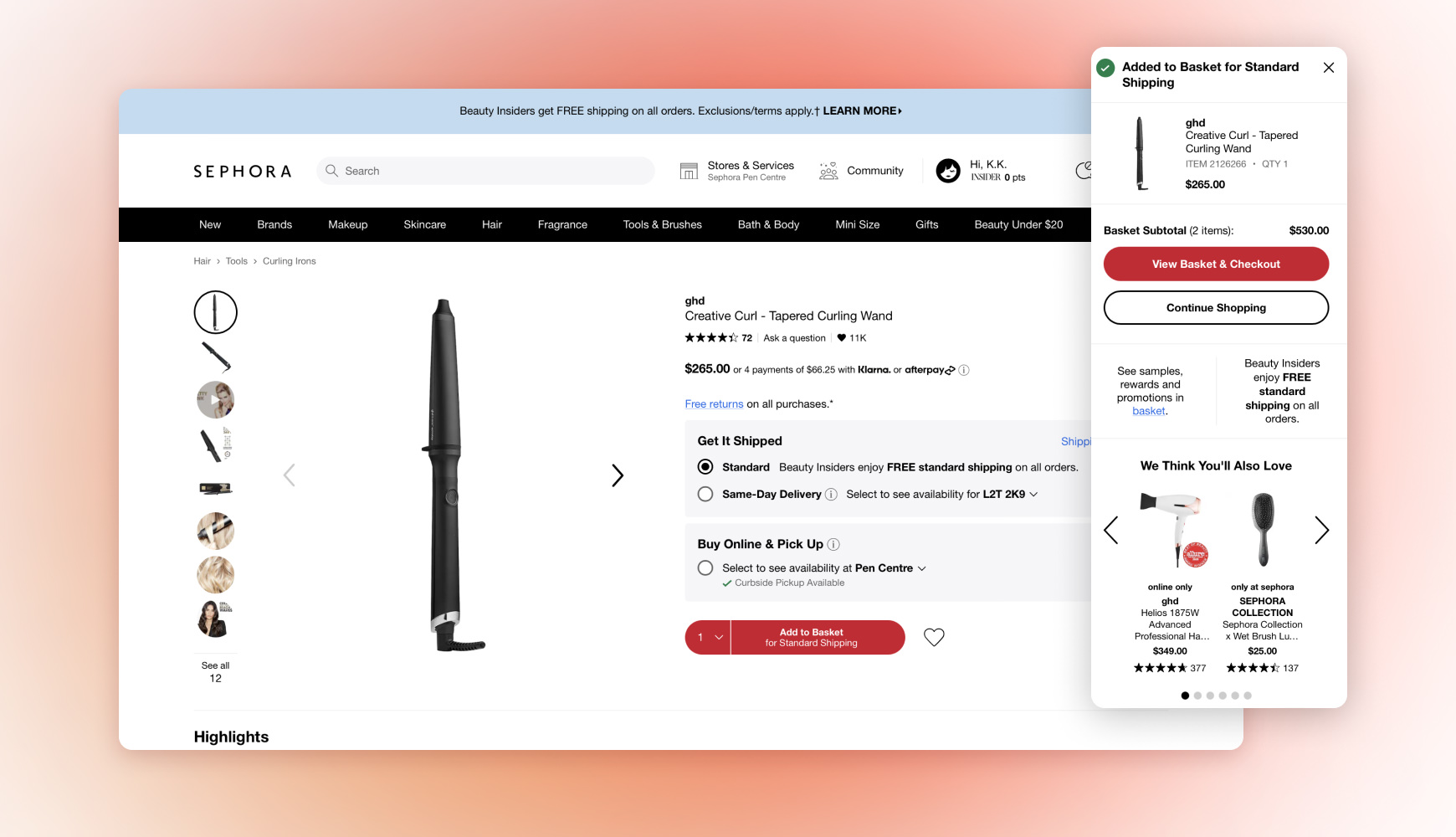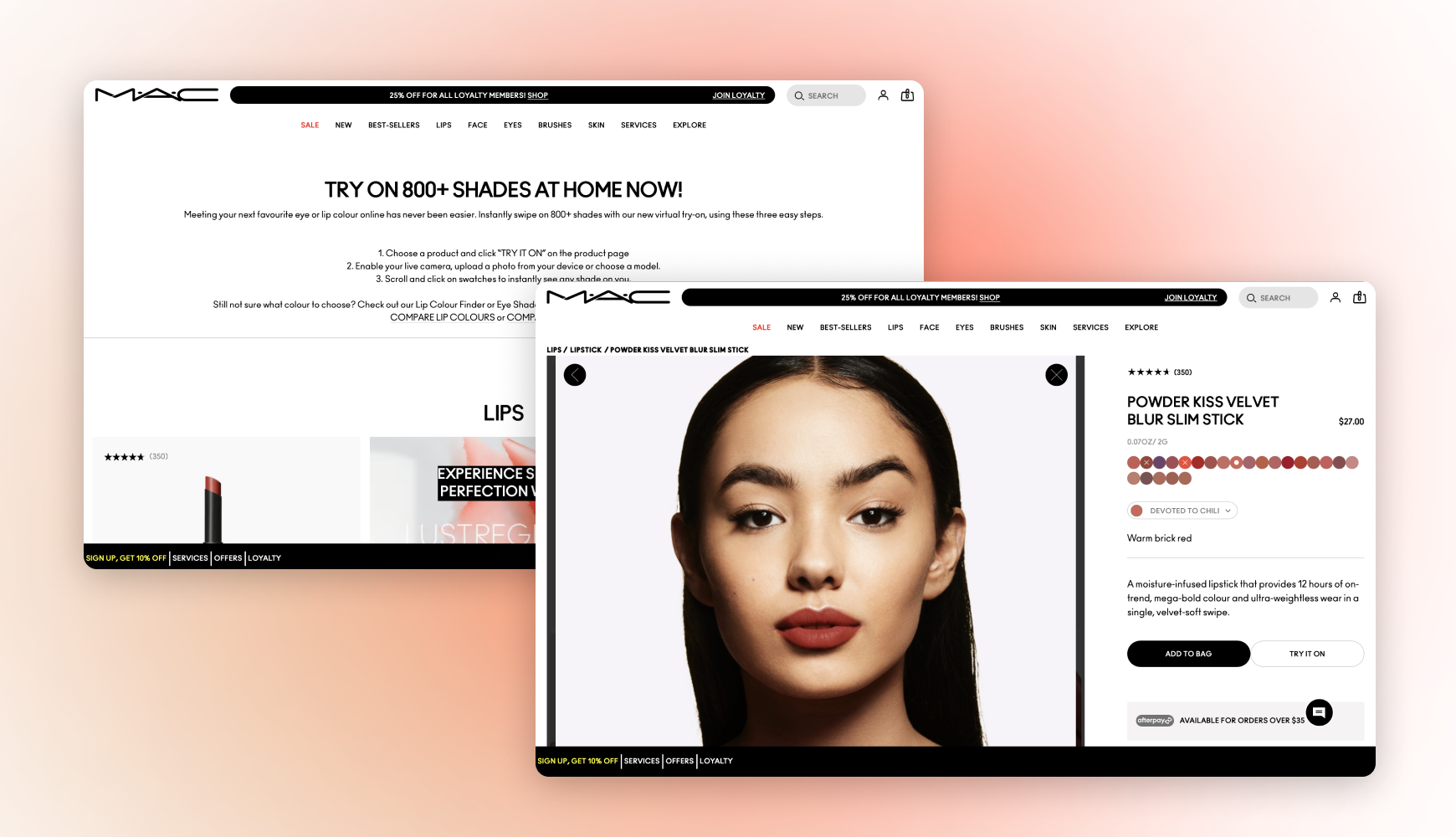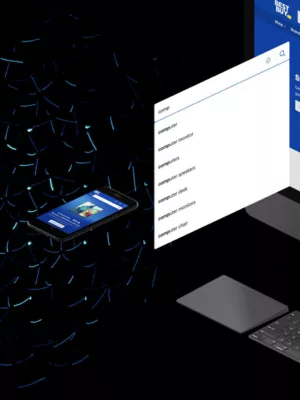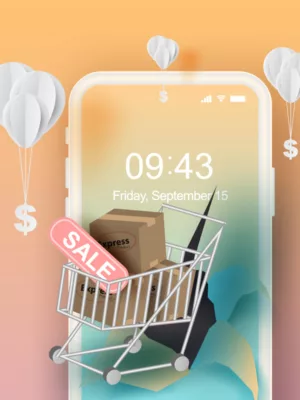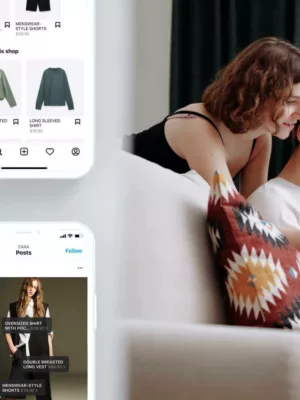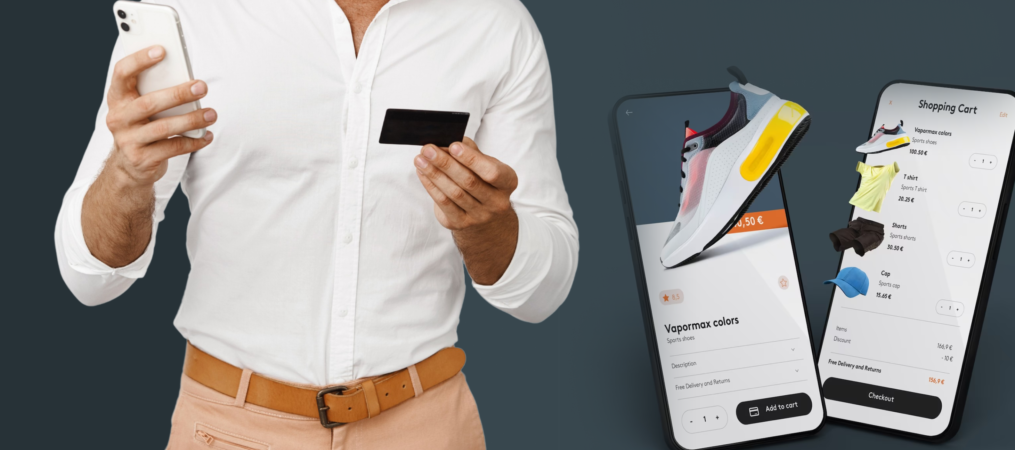
It's no secret that e-commerce is an important part of the digital era. Still, during the global pandemic, it saw an explosion of growth as people worldwide took to the Internet to buy everything from groceries and disinfectant wipes to clothing, fitness bikes and sourdough starters.
Online shopping is not the only component of e-commerce, but it makes up a significant share of the business activity and will likely continue to experience rapid growth.
A 2021 McKinsey report found e-commerce grew two to five times faster worldwide than before the pandemic. In the U.S. alone, e-commerce sales totalled $870 billion in 2021, a 14.2% increase from 2020 and a whopping 50.5% over 2019, according to a report in Forbes.
Let’s look at some top trends for 2023 to motivate your planning, inspire your ideas, and keep you in front of your customers and competitors.
Continued growth of global e-commerce sales
While the world has somewhat returned to normal post-pandemic and consumers have returned to in-person shopping, online shopping remains a strong force in the retail landscape.
Global retail e-commerce sales are expected to grow to $6.3 trillion U.S. in 2023, almost doubling from pre-pandemic figures of $3.5 trillion in 2019, says Statista. By 2026, they anticipate this amount to grow to $8.1 trillion.
The same report by Statista indicates that Chinese retail group Alibaba is the global leader, with online sales totalling more than $700 billion in 2022. However, by 2027, experts anticipate that U.S.-based giant Amazon will surpass that with more than $1.2 trillion in sales.
Customers want to shop online – whether because it was their only option during a global pandemic – or because they’ve gotten used to the convenience. The reality is, retailers who don’t adapt and accommodate will be left behind.
Social media shopping
Facebook feeds and Instagram updates are no longer just about what your college roommate had for dinner or where your former co-worker went on vacation. Now, ads for everything from shoes and suitcases to meditation apps and masterclasses inundate users' feeds – not to mention influencers touting the latest beauty products or subscription boxes.
With purchase buttons built into the apps, the latest and greatest can be yours with just one click. And the more a user engages and buys, the more data is generated for what ads they’ll see next, creating a personalized shopping experience for the user and a highly lucrative business model for retailers.
Mobile-first shopping
Research from Insider Intelligence says mobile e-commerce sales (or m-commerce) will make up 43.4% of total retail e-commerce sales in 2023, up almost 2% from last year.
A basic online shop designed for desktops is no longer enough to drive sales. Customers want the convenience of purchasing on their smartphone or tablet on the go (or from the couch). Sites must be mobile optimized (responsive with fast loading times) and easy to use, making the shopping experience seamless regardless of the device.
Mobile apps (like Sephora or Amazon) make the experience even better for the consumer, allowing personalized shopping experiences, easy checkouts, and updates on delivery.
There are also many advantages for retailers. For instance, requesting a user to log in enables the retailer to track consumer behaviour, tailor products to each customer’s needs, and send push notifications about upcoming promotions.
Voice-based shopping
If you’ve ever asked Siri or Alexa to tell you the weather, find a song or settle a bet, you know how convenient using voice recognition can be. But what about shopping?
Not only are consumers using this form of artificial intelligence to make purchases from any room in the house on smart speakers or anywhere they go on their devices, but they’re also using voice recognition to research and compare products.
Since voice assistants also store purchase history, asking Siri to “order more paper towels” is as easy as it gets. Keeping purchase history allows a personalized shopping experience for the user and opportunities for increased sales for the retailer.
According to Statista, voice-assisted shopping will total $19.4 billion U.S. dollars in global sales by the end of 2023.
Subscription-based services
If you watch Amazon Prime or work out on a Peloton, you know the convenience of a subscription service. You can access all your shows and workouts whenever you want for just a few dollars a month. Businesses also have access to a consistent monthly stream of revenue.
Even though the subscription-based service model can plateau (take Netflix’s recent subscription growth slowdown and password crackdown as an example), this model is still a powerful revenue generator.
Personalized shopping
If you’ve ever purchased a curling wand on Sephora and immediately got a recommendation for a curl-enhancing spray, you know the power of personalized shopping. Online retailers and mobile apps track consumers’ browsing and shopping habits to make custom recommendations through emails and pop-up notifications.
Providing a personalized experience to the customer offers more customer satisfaction and, in turn, brand loyalty and increased sales for the retailer.
We expect to see personalization grow in 2023, with contextual personalization (based on customer behaviour and data), reliance on AI and automation (targeted emails or ads) expected to be at the forefront, according to a report in Forbes.
Omnichannel shopping
If you’ve ever seen an ad for waterproof sneakers on Instagram, researched the products on the retailer’s website, then gone to the brick-and-mortar store to purchase them, you’ve taken part in omnichannel or multichannel shopping.
Businesses have also taken part in collecting data on your behaviour every step of the way and can use that to make additional product recommendations or send you a targeted email. Data from McKinsey indicates customers who use multiple channels to make a purchase shop 1.7 more than those who only use one channel and spend more, making this a common growth area for 2023.
Immersive shopping with AR, VR and the Metaverse
Augmented reality (AR), virtual reality (VR) and the Metaverse allow retailers to provide an immersive, interactive experience for the consumer.
Users can now try on clothes, place furniture in their living rooms or get a three-dimensional look at a product without ever leaving home. It gives customers more information and confidence when deciding, increasing sales and decreasing costly returns when the item wasn’t as expected.
Sustainable shopping options
Sustainability and reducing the carbon footprint are top of mind for shoppers as they become increasingly aware of their purchasing decisions' impact on the environment. This is an excellent opportunity for businesses to showcase to influence buyer decisions. For example, the Gen Z generation, a challenging audience to reach, considers their carbon footprint when they buy or plan to buy anything.
One World Wildlife Fund study found that there’s been a 71% increase in eco-friendly product searches online between 2016 and 2020. And a Shopify Future of Commerce report says that 44% of consumers globally would instead buy from brands committed to sustainability.
Retailers should offer more sustainable shopping options (from packaging and shipping to managing deliveries and returns) and make better strides to align their values with the shoppers they're trying to engage and convert.
Unlock the Potential of E-Commerce in 2023 with Convergine
This year, we expect brands to use convenience, customization and increased technology to grow their e-commerce sales. Consumers expect a lot from online shopping, so retailers must be able to meet their needs and expectations and offer personalized shopping experiences to stay one step ahead of them—and the competition.
Whether you want to offer easy product discovery, personalized recommendations for related products, or a quick and pain-free checkout process, Convergine can help. Our team can build a powerful and engaging e-commerce website that’s functional, scalable, and secure, so your online store can attract more shoppers, increase sales, and create a loyal base of customers.



